Pioneer PL-115D User manual
Other Pioneer Turntable manuals

Pioneer
Pioneer LD-1100 User manual
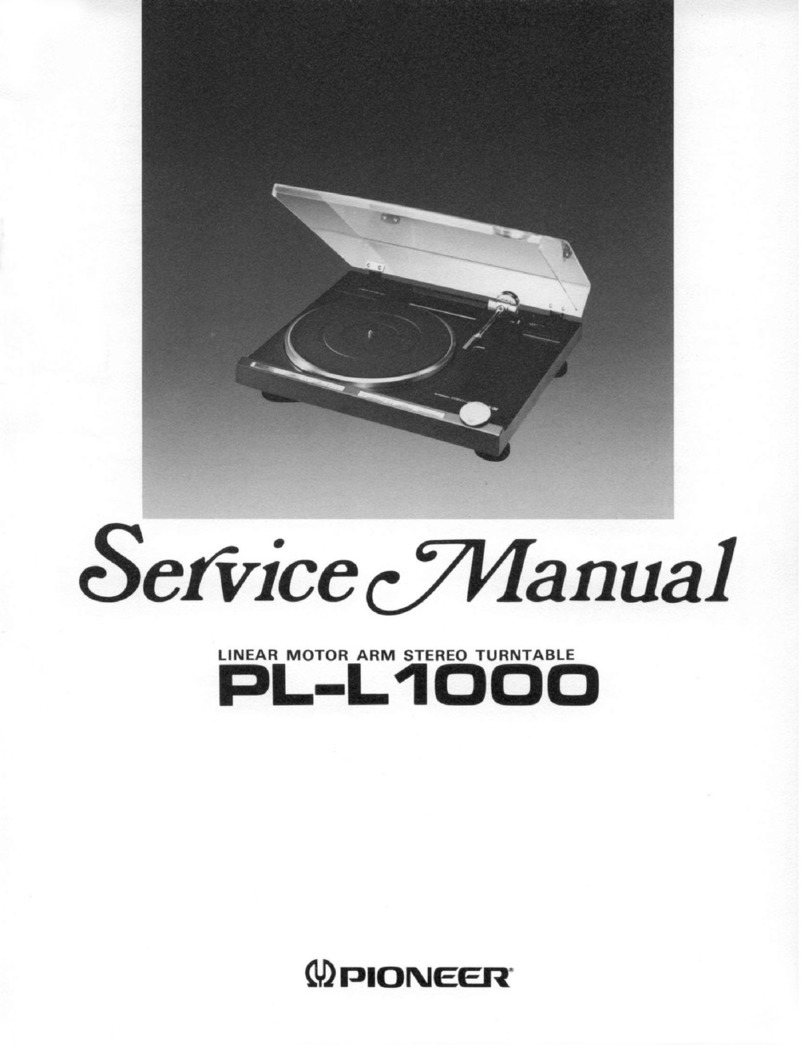
Pioneer
Pioneer PL-L1000 User manual

Pioneer
Pioneer PL-61 User manual
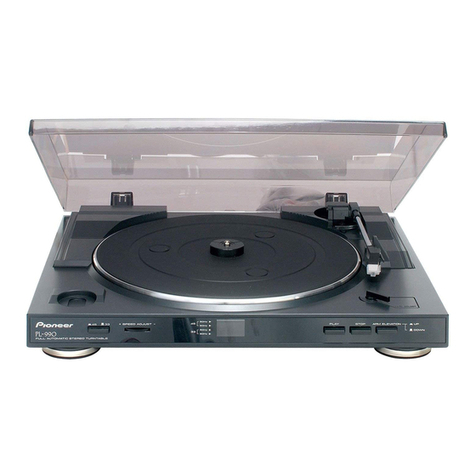
Pioneer
Pioneer PL-990 User manual
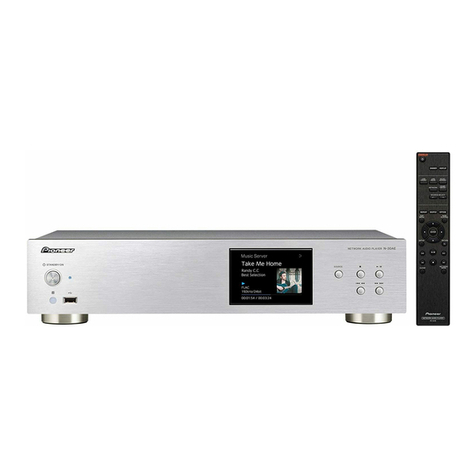
Pioneer
Pioneer N-30AE User manual

Pioneer
Pioneer PZ-115D User manual
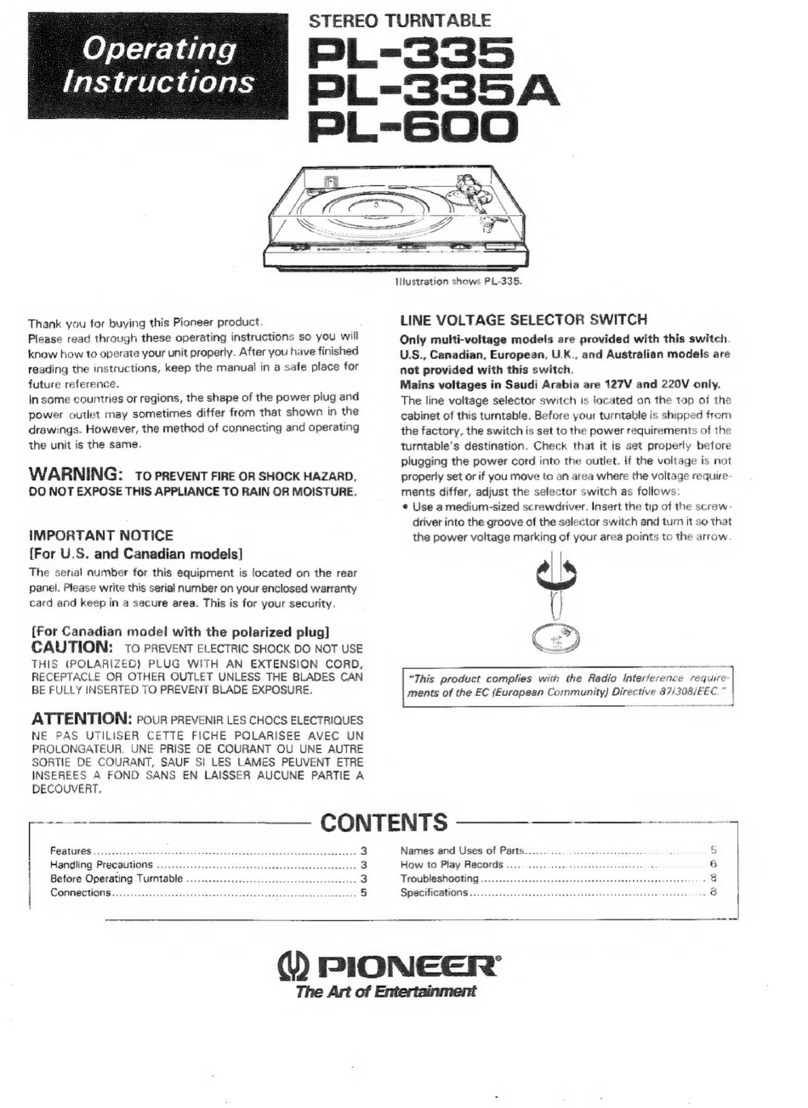
Pioneer
Pioneer PL-600 User manual

Pioneer
Pioneer PL-71 User manual

Pioneer
Pioneer PL-518 User manual

Pioneer
Pioneer PL-100 User manual
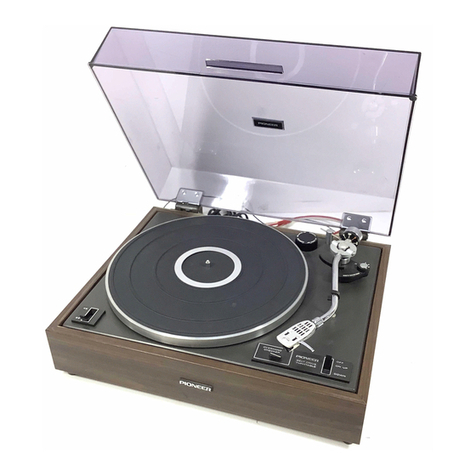
Pioneer
Pioneer PL-12D User manual
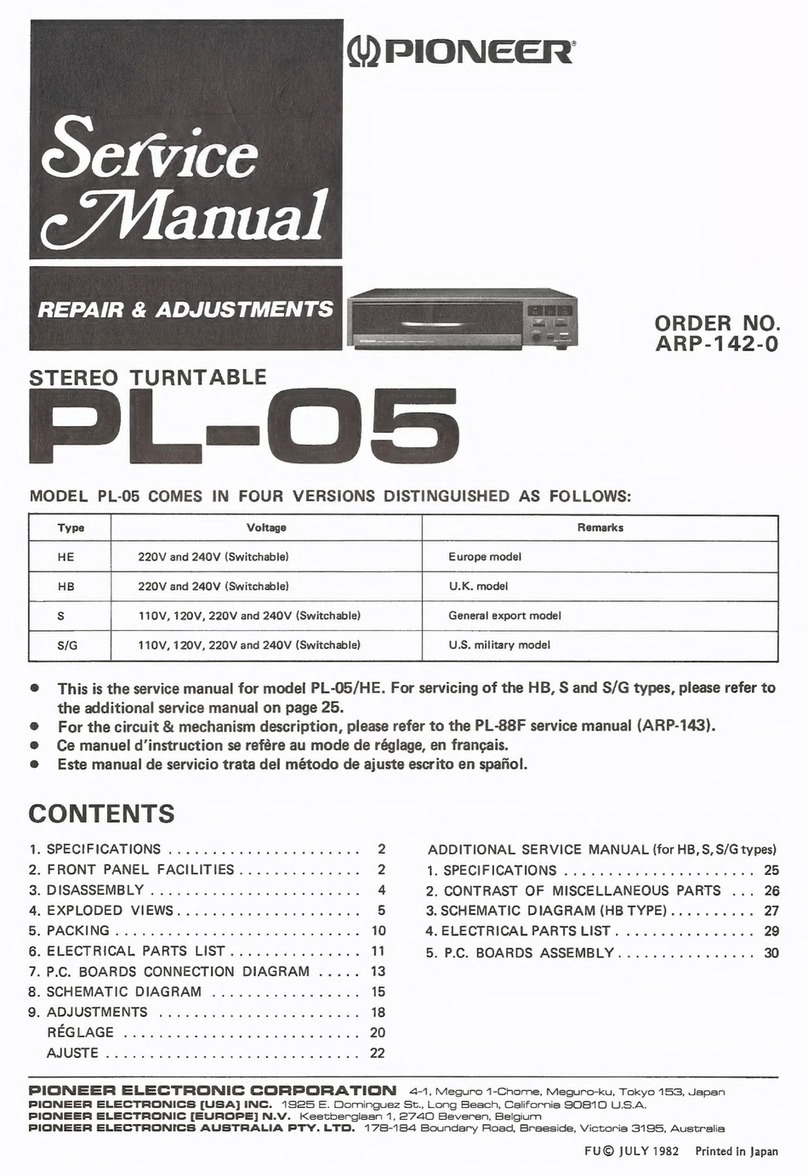
Pioneer
Pioneer PL-05 User manual

Pioneer
Pioneer PL-530 User manual

Pioneer
Pioneer PL-512 User manual
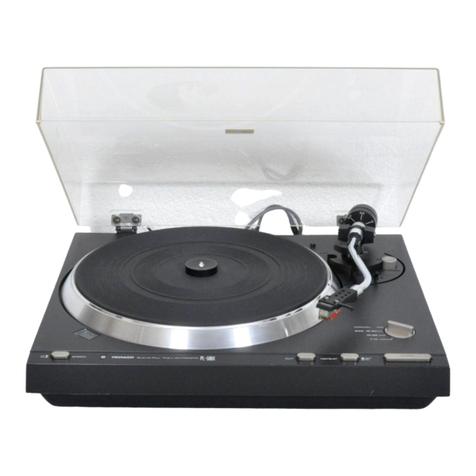
Pioneer
Pioneer PL-500X User manual
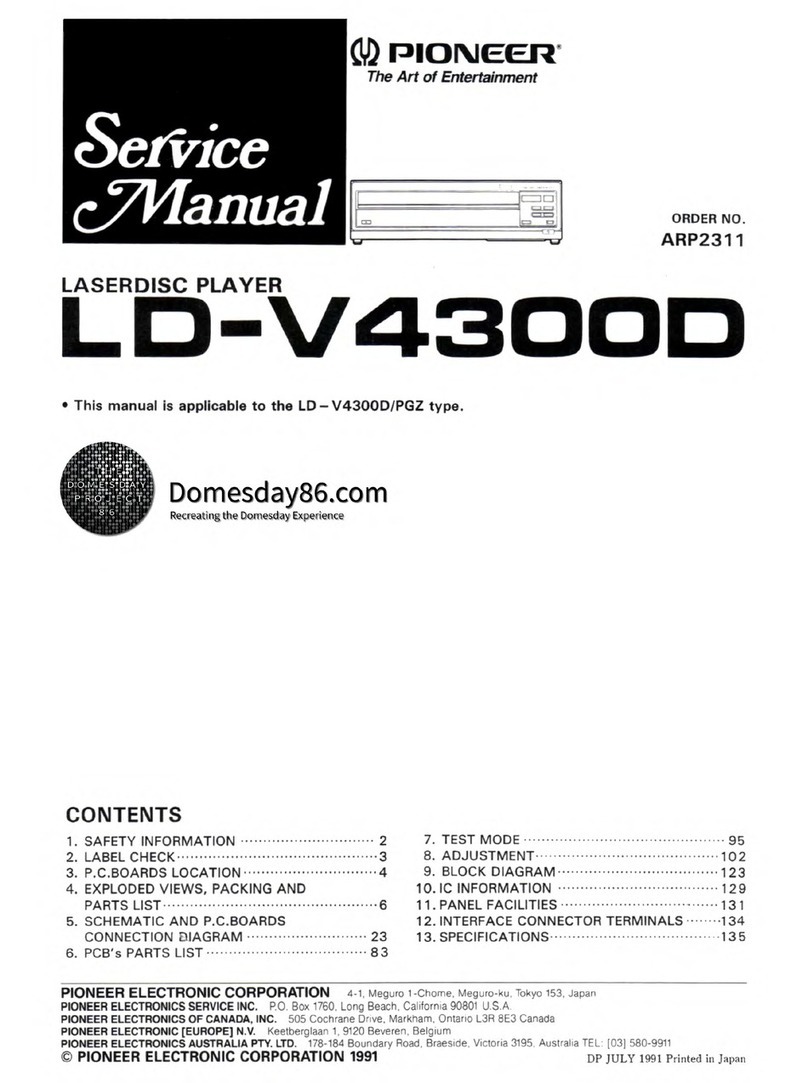
Pioneer
Pioneer LD-V4300D User manual

Pioneer
Pioneer DC-Z93 User manual
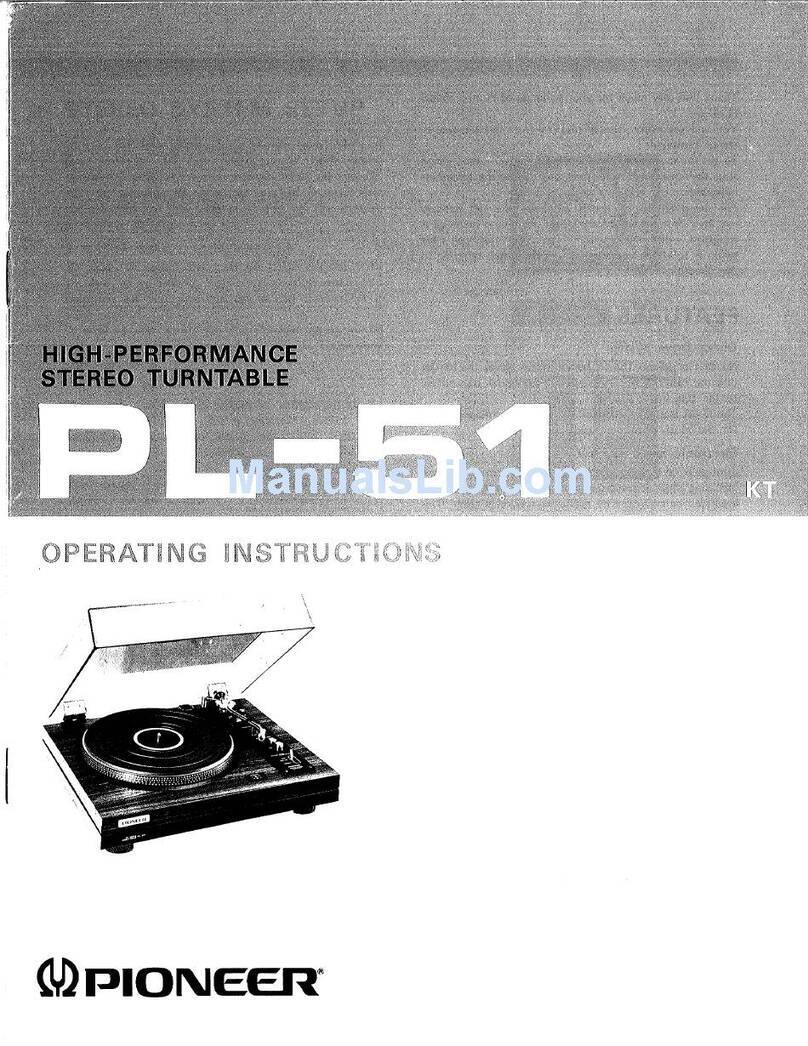
Pioneer
Pioneer PL-51 User manual

Pioneer
Pioneer PL-L50 User manual

Pioneer
Pioneer pl-x50 User manual































